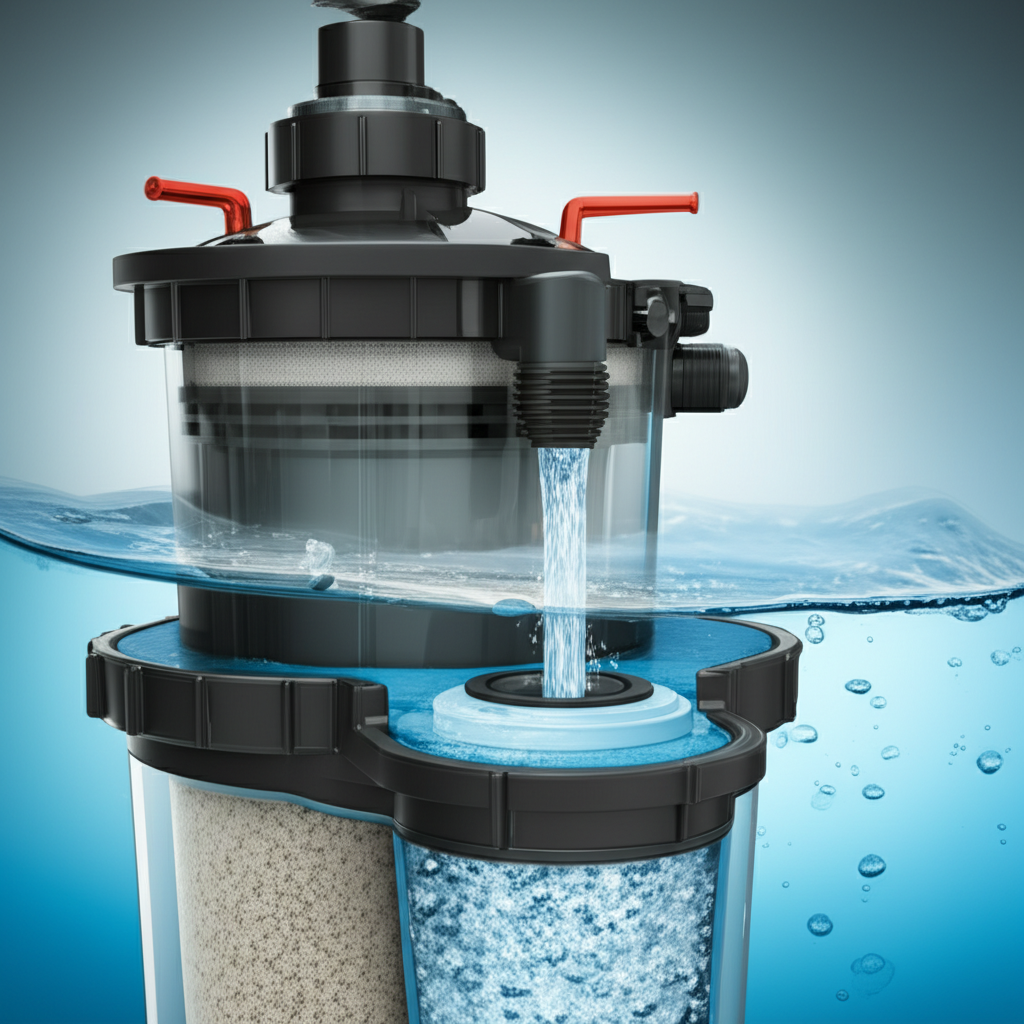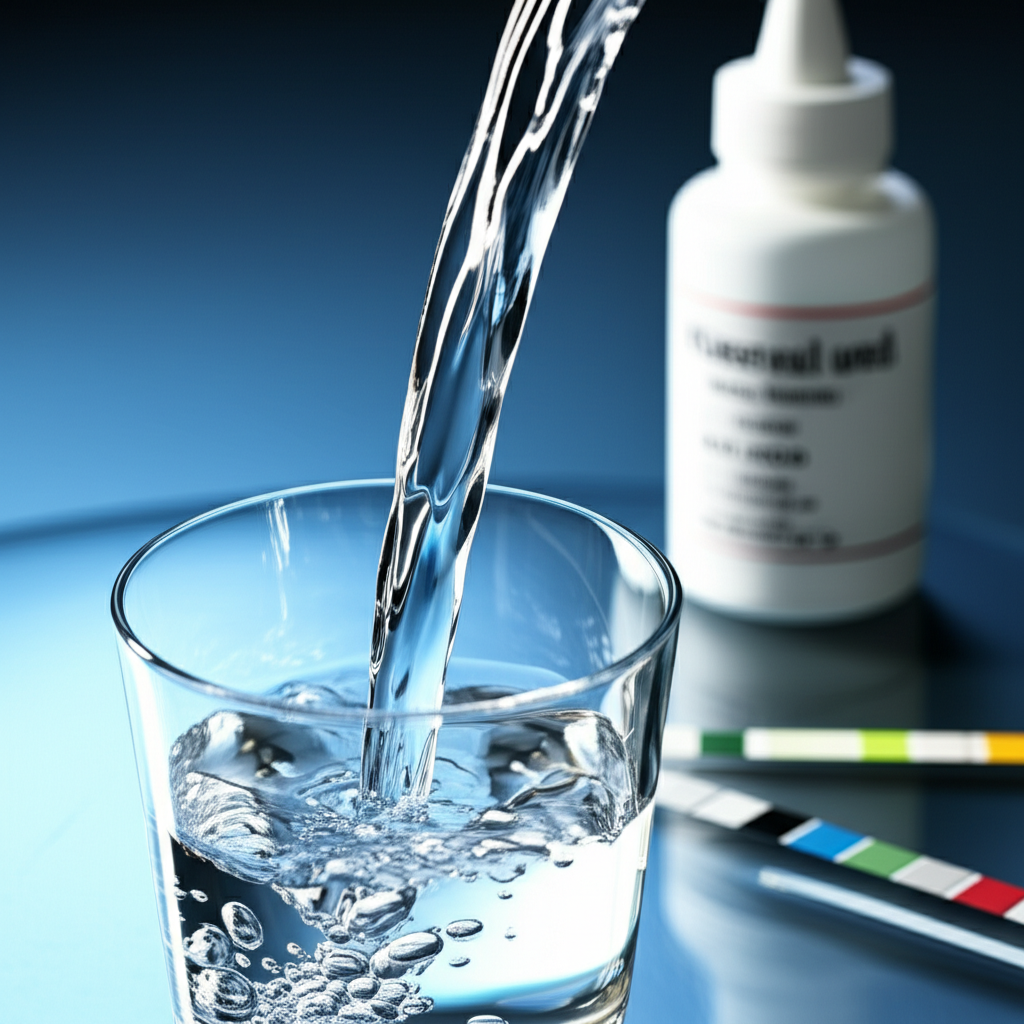- Understanding Water Hardness: What Does it Mean?
- The Detrimental Effects of Unmanaged Calcium Hardness
- The Quest for Clear Water: Why Optimal Calcium Hardness Matters
- Measuring and Testing Your Water Hardness
- Effective Solutions for Managing Calcium Hardness
- The Path to Lasting Clear Water
Calcium Hardness: The Ultimate Solution for Clear Water
Calcium Hardness, often simply referred to as water hardness, describes the concentration of dissolved minerals, primarily calcium and magnesium ions, in your water supply. While these minerals are naturally occurring and even beneficial in some contexts, their excess can lead to a myriad of problems, most notably impacting water clarity. Achieving that sparkling, crystal-clear water, whether in your swimming pool, hot tub, or even your tap, often hinges on effectively managing your calcium levels. This article will delve into the intricacies of calcium hardness, its effects, and the comprehensive strategies to achieve and maintain pristine water.
Understanding Water Hardness: What Does it Mean?
At its core, water hardness is a measure of divalent metal ions. While calcium (Ca²⁺) is the dominant contributer, magnesium (Mg²⁺) also plays a significant role. These ions are picked up by water as it passes over and through mineral deposits like limestone and chalk. Water is generally classified by its hardness levels:
Soft Water: Less than 60 milligrams per liter (mg/L) or parts per million (ppm).
Moderately Hard Water: 60-120 mg/L (ppm).
Hard Water: 120-180 mg/L (ppm).
Very Hard Water: Greater than 180 mg/L (ppm).
While soft water might sound ideal for many applications, excessively soft water can be corrosive and damaging to plumbing. Conversely, water that is too hard leads to a completely different set of issues, directly impacting the clarity and usability of your water.
The Detrimental Effects of Unmanaged Calcium Hardness
High levels of calcium hardness don’t just affect water clarity; they have a cascading impact on various aspects of your home and leisure.
1. Cloudy or Murky Water: This is perhaps the most visible sign. When calcium and other minerals precipitate out of solution, they form tiny, insoluble particles that scatter light, creating a hazy or milky appearance in water. This is particularly noticeable in swimming pools and spas, where it diminishes the aesthetic appeal and can even make it difficult to see the bottom.
2. Scale Buildup: As water evaporates or is heated, dissolved minerals become concentrated and form hard, white deposits known as scale. This scale can accumulate on heating elements, pipes, faucets, showerheads, kettles, and appliances like dishwashers and washing machines. Scale buildup reduces efficiency, increases energy consumption, and eventually leads to costly repairs or replacement of appliances.
3. Ineffective Soaps and Detergents: Hard water reacts with soap to form soap scum, a sticky residue that doesn’t rinse away easily. This means you need more soap, detergent, and even shampoo to get things clean, leading to dull laundry, spotty dishes, and residue on skin and hair.
4. Damage to Surfaces: In pools, high calcium can lead to scaling on tile lines, pool surfaces, and equipment, which is not only unsightly but can also be rough and uncomfortable. It can also cause pH imbalances, further exacerbating water quality issues.
The Quest for Clear Water: Why Optimal Calcium Hardness Matters
Beyond aesthetics, clear water is often an indicator of good water quality. In a pool or spa, it’s crucial for safety, allowing bathers to see the bottom and any potential hazards. In tap water, clarity reassures us of its purity and appeal for drinking, cooking, and bathing. Achieving optimal Calcium Hardness levels—not too high, not too low—is a critical step in reaching this clarity. For pools, the recommended range is typically 150-400 ppm, providing stability without excessive scaling. For domestic use, ranges might vary based on plumbing, but generally below 120 ppm is preferred to minimize scale without making water too corrosive.
Measuring and Testing Your Water Hardness
Before any solution can be implemented, you need to know your current levels. Testing your water for calcium hardness is a straightforward process:
Test Strips: These are quick and easy to use, providing a general indication by dipping the strip into water and comparing the color change to a chart.
Liquid Test Kits: These offer more precise readings through titration, where you add drops of a reagent until the water changes color.
* Professional Water Testing: For the most accurate and comprehensive analysis, especially if you suspect other water quality issues, a professional water test is advisable.
Regular testing, particularly for pools and spas, is essential for maintaining balance and preventing problems before they escalate.
Effective Solutions for Managing Calcium Hardness
Managing water hardness effectively requires a targeted approach, depending on whether you’re dealing with a whole house, a swimming pool, or just drinking water.
1. Water Softeners (Ion Exchange Systems): For whole-house solutions, water softeners are the most common and effective. They work by an ion-exchange process, replacing calcium and magnesium ions with sodium or potassium ions as water passes through a resin bed. This significantly reduces overall water hardness, preventing scale buildup in pipes and appliances, and facilitating better lathering of soaps.
2. Reverse Osmosis (RO) Systems: Primarily used for drinking water, RO systems force water through a semi-permeable membrane that filters out most dissolved solids, including calcium and magnesium. This provides exceptionally pure and clear drinking water but is typically concentrated at a single tap.
3. Chelating Agents (for Pools/Spas): In swimming pools, sequestering or chelating agents are chemicals added to the water to bind with metal ions like calcium and magnesium. They keep these ions in solution, preventing them from precipitating and forming scale or cloudiness. These are preventive measures and often used in conjunction with other balancing chemicals.
4. Dilution: For pools, if calcium levels are excessively high (often due to evaporation over time), sometimes the simplest solution is to drain a portion of the pool water and refill it with fresh, lower-hardness water.
5. Acid Treatment (for Scale Removal): While not a preventative measure, mild acid solutions can be used to dissolve existing calcium scale on pool surfaces or household fixtures. This must be done carefully to avoid damage to materials and maintain safety.
The Path to Lasting Clear Water
Achieving clear water isn’t a one-time fix; it’s an ongoing commitment to balance and maintenance. By understanding the role of calcium hardness, regularly testing your water, and implementing appropriate solutions, you can effectively counteract mineral buildup and maintain the pristine clarity you desire. Whether it’s the inviting sparkle of your swimming pool, the efficiency of your home appliances, or the refreshing taste of your drinking water, managing calcium hardness is indeed the ultimate solution for a superior water experience.




